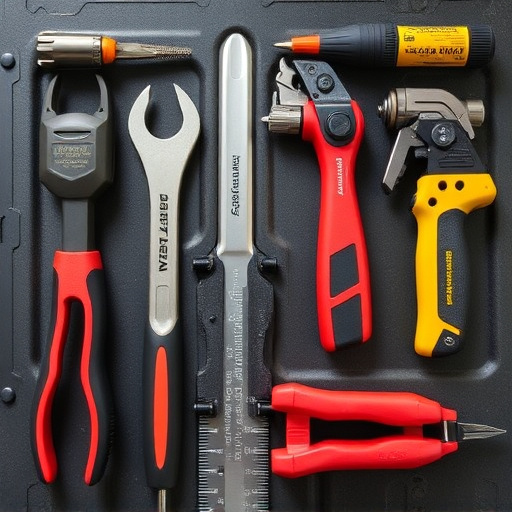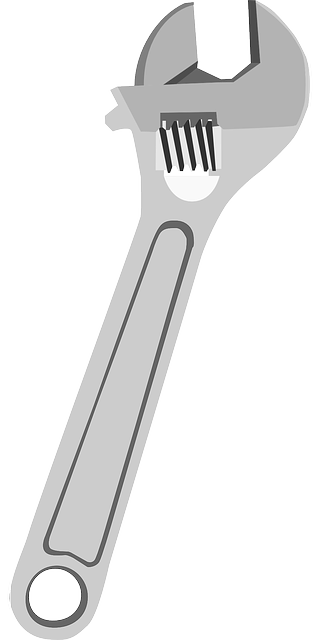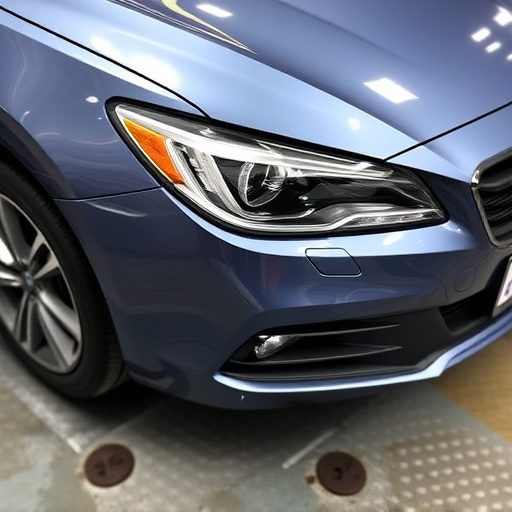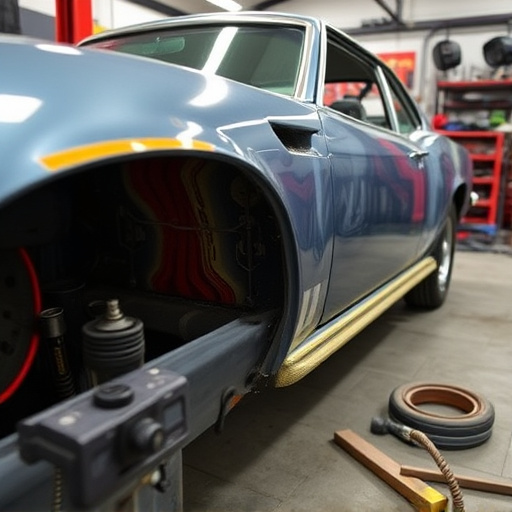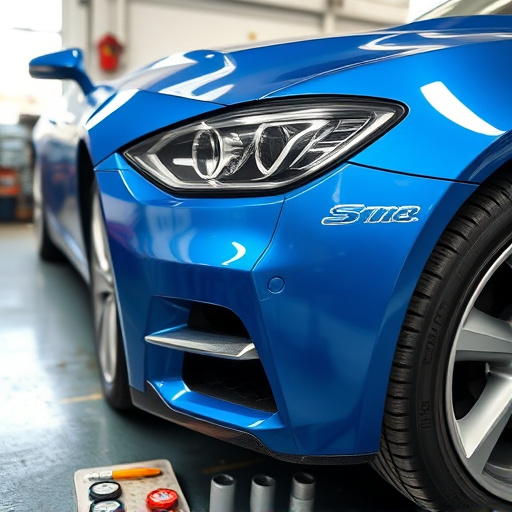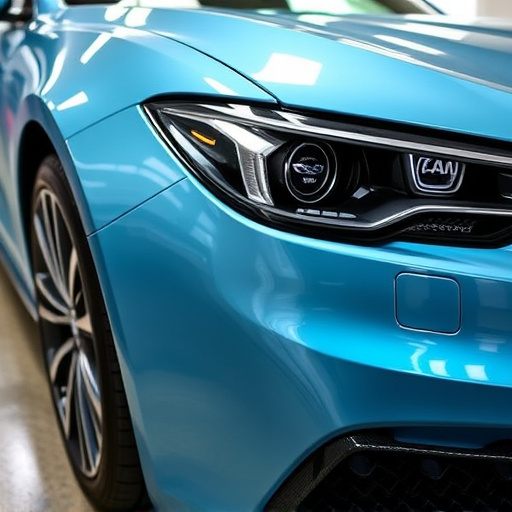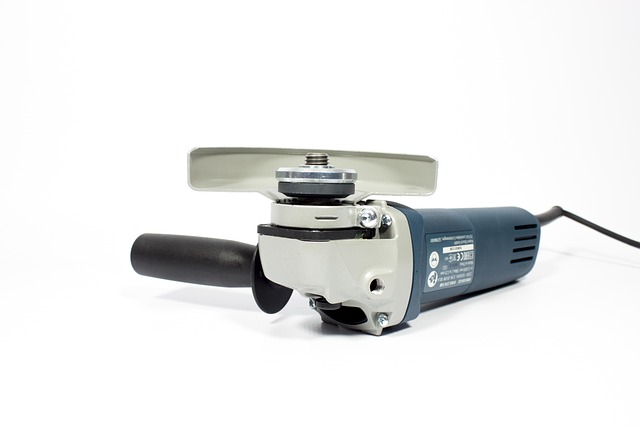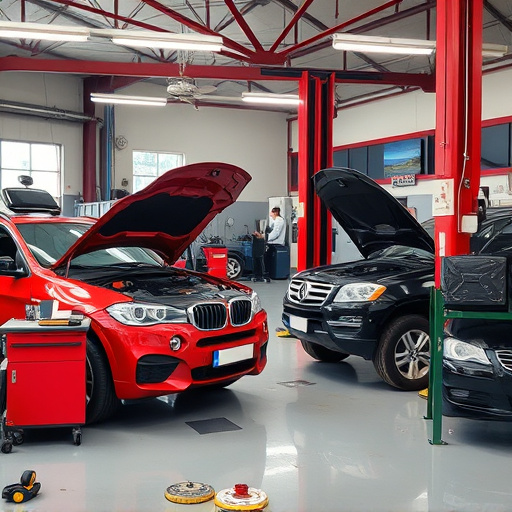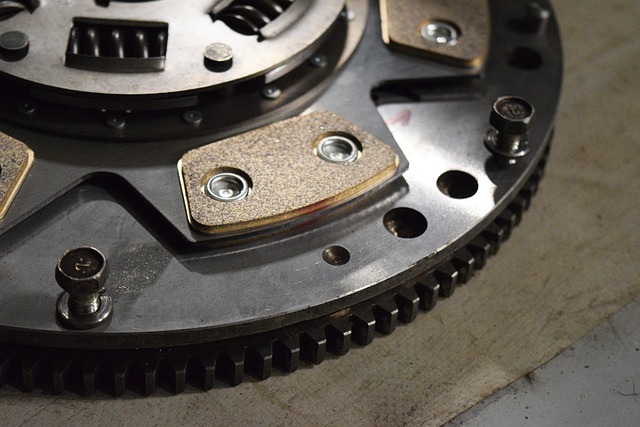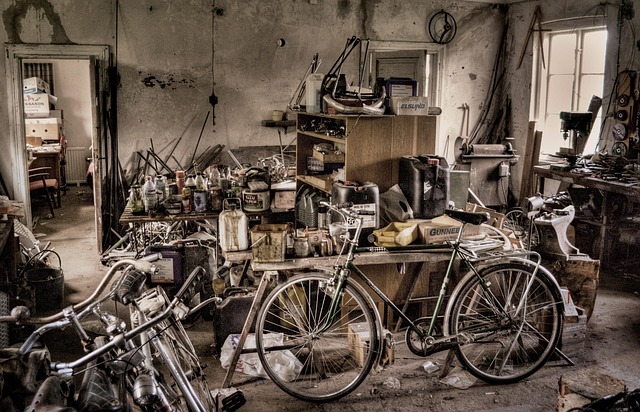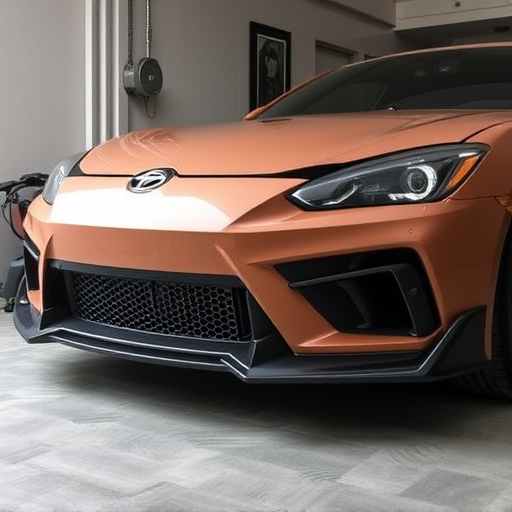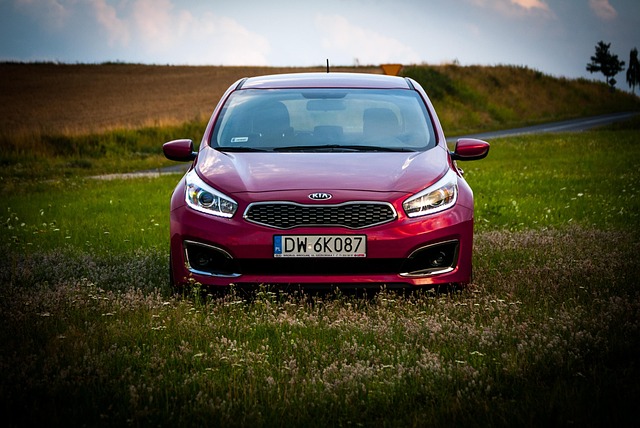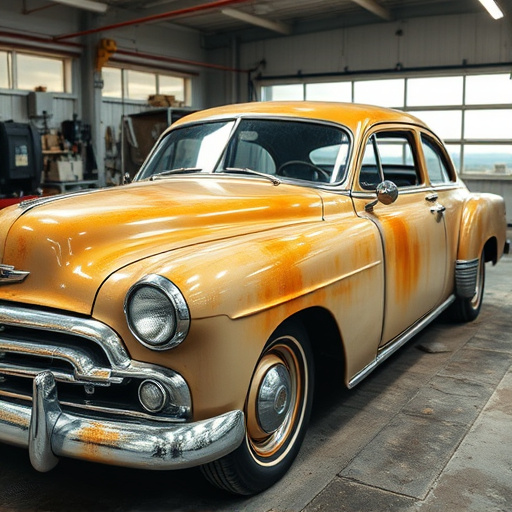Mercedes glass sensor calibration is a critical process that maintains safe and efficient operation of windows and sunroofs, using diagnostic tools to adjust sensitive sensors susceptible to drift. Regular calibration after service events or collisions is vital for optimal performance and safety, involving removal, inspection, precise adjustment with specialized tools, and reinstallation. Duration varies based on complexity, tool availability, and technician experience; choose reputable collision repair services specializing in Mercedes for accurate, reliable calibration.
Mercedes glass sensor calibration is a critical process that ensures your vehicle’s advanced driver-assistance systems (ADAS) function optimally. Understanding the duration of this task is essential for drivers aiming to minimize downtime and maximize efficiency. This article breaks down the intricate process, offers a step-by-step guide, and highlights factors influencing calibration time. By understanding these key aspects, you’ll be better equipped to navigate the service experience, ensuring your Mercedes’ glass sensor remains accurately calibrated.
- Understanding Mercedes Glass Sensor Calibration
- The Calibration Process: Step-by-Step Breakdown
- Factors Influencing Calibration Time and Tips for Efficient Service
Understanding Mercedes Glass Sensor Calibration
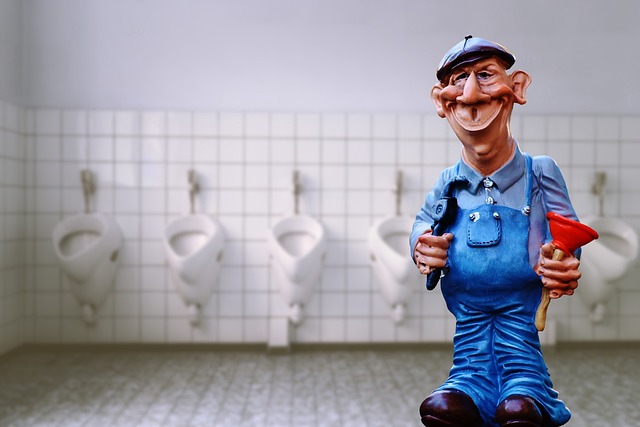
Understanding Mercedes Glass Sensor Calibration
Mercedes glass sensor calibration is a critical process that ensures your vehicle’s windows and sunroofs operate seamlessly and safely. These sensors play a vital role in detecting the position and movement of glass components, enabling features like power window controls, sunroof operation, and safety mechanisms. Over time, these sensors can drift or become less accurate due to various factors such as environmental changes, wear and tear, or even vehicle collision repair.
When it comes to calibrating Mercedes glass sensors, the process involves specialized equipment and expertise. Auto body repair specialists use diagnostic tools to check the sensor’s performance and make adjustments accordingly. This calibration ensures that the windows and sunroofs respond accurately to commands, preventing unwanted malfunctions. Regular calibration is essential for maintaining optimal vehicle performance and safety, especially after any vehicle collision repair or significant service events.
The Calibration Process: Step-by-Step Breakdown
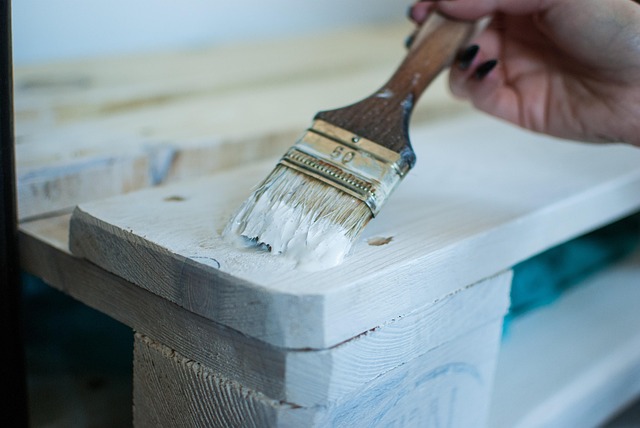
The process of calibrating a Mercedes glass sensor involves several precise steps to ensure optimal performance. It begins with the removal of the existing sensor from the car’s bodywork, requiring careful disassembly to access the sensor without damaging surrounding components. This is crucial as any nicks or scratches on the car’s surface can compromise the integrity of the sensor and its subsequent calibration.
Next, a specialized tool is used to calibrate the sensor, adjusting its settings to match the specific requirements of the Mercedes model it’s designed for. This tool sends precise electrical signals to the sensor, which in turn fine-tunes its readings. Once calibrated, the sensor is carefully reinstalled into the car’s auto body work, ensuring all connections are secure and proper alignment is maintained. The entire process demands skill and precision to guarantee the sensor functions flawlessly, enhancing the vehicle’s overall performance and safety features related to glass operations.
Factors Influencing Calibration Time and Tips for Efficient Service
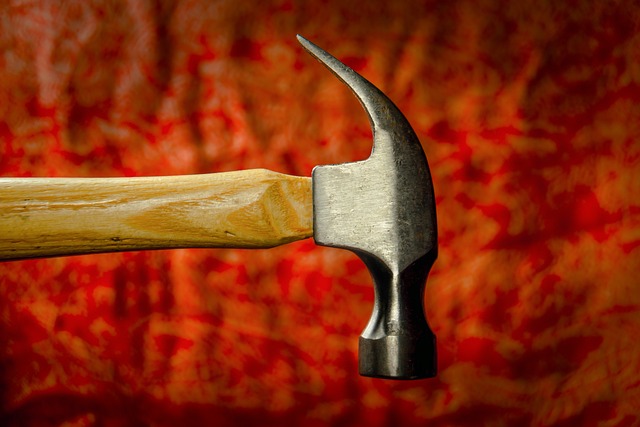
The duration of Mercedes glass sensor calibration can vary based on several factors. Firstly, the complexity of the issue with the sensor itself plays a significant role; minor adjustments may only take a few minutes, while more intricate repairs could extend the process to an hour or more. Additionally, the availability and need for specialized tools, as well as the technician’s experience, influence the calibration time.
To streamline the process, it’s essential to choose reputable collision repair services or auto glass repair professionals who have expertise in Mercedes vehicles. Efficient service includes proper preparation, such as ensuring a clean environment and using recommended tools, which can significantly reduce downtime. Remember that accurate calibration is crucial for the safety and performance of your vehicle, so prioritizing quality and experience will pay off in the long run, whether it’s for regular maintenance or after an accident requiring vehicle restoration.
Mercedes glass sensor calibration is a precise process that typically takes between 30 minutes to an hour, depending on various factors. By understanding the calibration process and optimizing service procedures, you can ensure your Mercedes’ sensors are accurately calibrated, enhancing safety and performance. Regular maintenance and prompt attention to any issues will keep your vehicle’s glass sensing system reliable and efficient.
